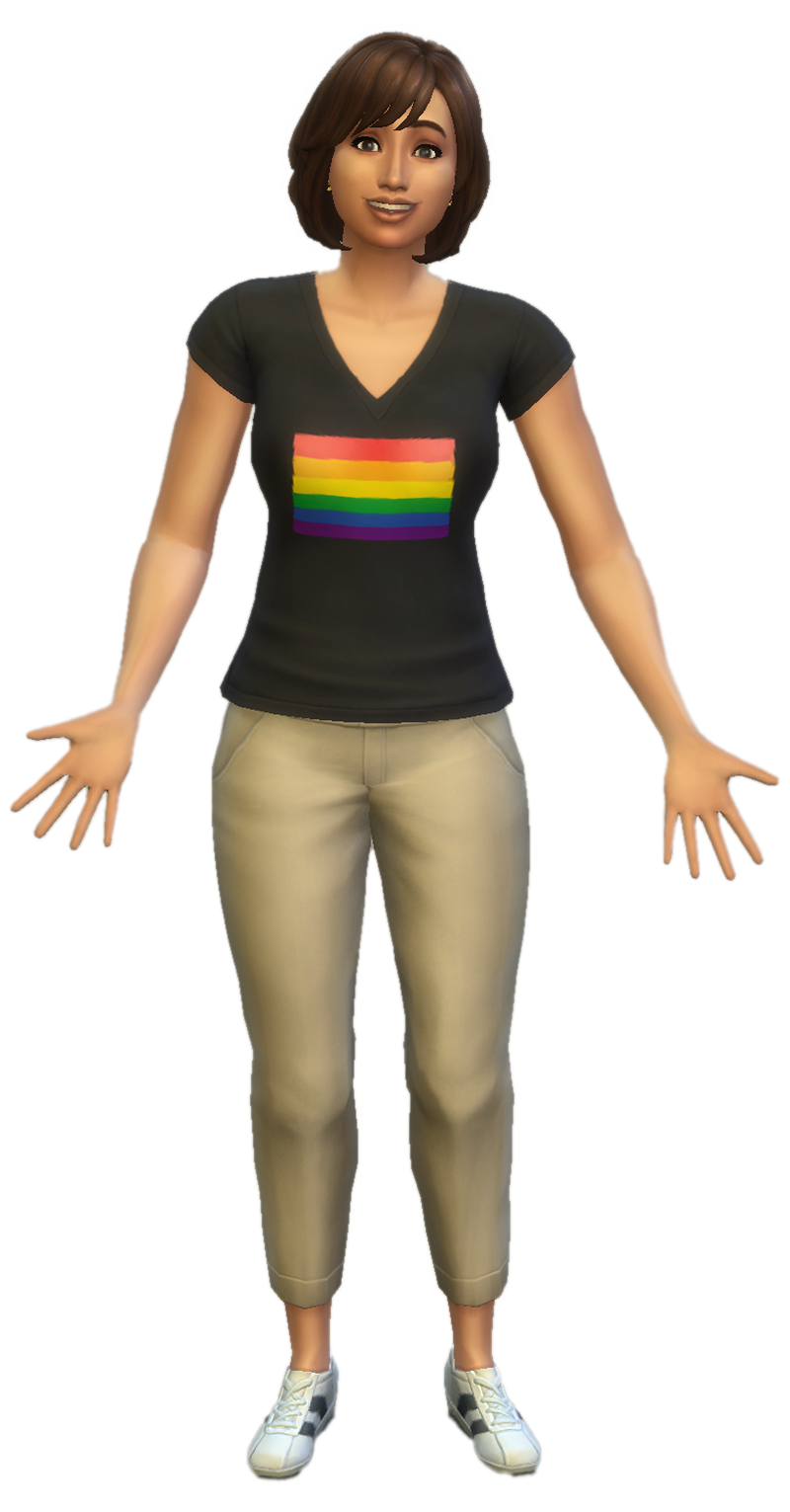LGBTQ+ Identity Theme 4
There is nothing more essential than creating an inclusive and LGBTQ+ safe space for students and educators to discuss and learn about sexuality and sexual identity. Topics addressed here: self-advocacy, being an ally, LGBTQ+ related bullying, and coming out.
One of the most important things we can do as sexual health educators is create a space for our students to discuss and explore sexuality without fear of judgement in the classroom. One way to accomplish this is by hanging up pride flags and LGBTQ+ ally posters in our classrooms so that students know they are in a safe space, even if they are not LGBTQ+ themselves. The semester can be started by asking students if they have a preferred name that’s different from what’s on your roster, as well as what their pronouns are. We all make mistakes. We can allow students to correct us when we’re wrong. We want them to know that we are constantly learning new things about LGBTQ+ identity. We have a deep obligation to modernize our mentalities, attitudes, and comprehension of sexual minorities in order to include them fairly and positively in our classrooms.
Pre-Video Activities Prepare
Get ready to teach using tools provided in this section.
Coming Out Stories Partial Class
Becca and Kat talk about their experiences of being bullied, misunderstood, and also supported by friends and family when they “came out” about their sexual orientation and/or gender identity.
I Am Unique Full Class
Claire bravely shares her experience as a Chinese adoptee of gay parents and the kinds of reactions she receives when telling her story. She challenges stereotypes and assumptions, while also reflecting on the ways homophobia directly impacts her.
Newly Single and Gay Multi-Class
Mario calls a friend for support as he deals with internalized homophobia.
Bathroom Hunters Multi-Class
Charlie looks for a gender-neutral bathroom at school in this satire of the TV show, “House Hunters.”
Statistics Resources
Reference these key facts as needed to support discussions throughout the lesson.
